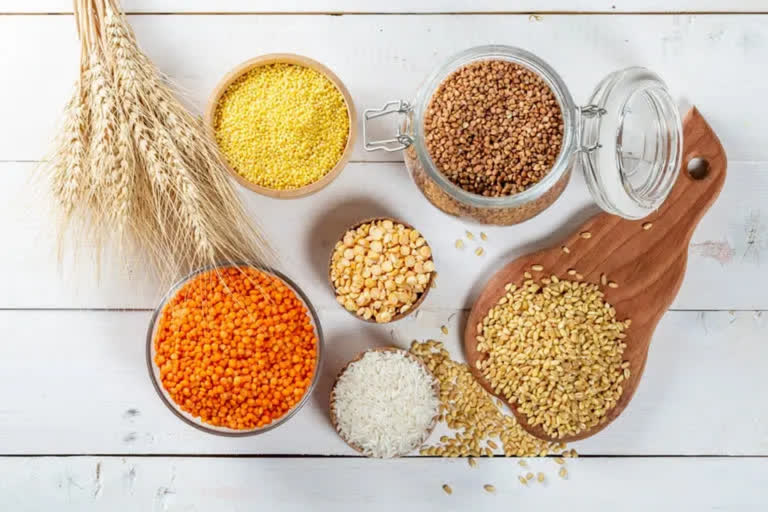New Delhi: After putting Indian millets on the global stage, scientists are working on ways to increase the shelf life of products made from the coarse grains without compromising on the nutritional value. Scientists at Mysuru-based CSIR-Central Food Technological Research Institute (CSIR-CFTRI) are also working on validating the numerous health benefits attributed to millets as they make a comeback as superfoods.
Millets have an active enzyme called lipase that reduces the shelf-life of millet-based products by giving off-odours and rancidity, Sridevi Annapurna Singh, Director, CSIR-CFTRI told PTI here. She said scientists at CFTRI are now working on methods and processes to inactivate the lipase enzyme in millets, which could enhance their shelf life.
Some food processors remove the outer layers of millet that takes away the fibre and minerals of the coarse grains. But, it should not become devoid of vitamins and minerals and be left with only starch and a little bit of protein. We are working at CFTRI on increasing the shelf life of millets without compromising on the nutritional value, Singh said. She said scientists are also working on validating the efficacy of millets, which are known to have immense health benefits.
Also read: Milk's packaging influences its flavour: Research
We have anecdotal versions on the efficacy of millets that were handed down by our grandparents. But we do not know the active component and how it acts. Till such time we do not validate .. we cannot put a health claim to that, Singh said. Consumption of millets is known to benefit diabetics, but it is still not known how it works and this can be achieved through research and development.
We have to isolate the bioactive components that are responsible for health benefits. We have to ascertain at what concentration it works and we are working towards that at CFTRI, Singh said. The United Nations has declared the year 2023 as the International Year of Millets to spread awareness about millets a more affordable, sustainable, and nutritious alternative to cereals such as rice and wheat.
India is one of the leading producers of millets in the world with an estimated share of around 41 per cent in the global production. India's top five millet producing states are Rajasthan, Maharashtra, Karnataka, Gujarat and Madhya Pradesh. India's major millet exporting countries are UAE, Nepal, Saudi Arabia, Libya, Oman, Egypt, Tunisia, Yemen, the UK and the US. The varieties of millets exported by India include Bajra, Ragi, Canary, Jowar, and Buckwheat. (PTI)



